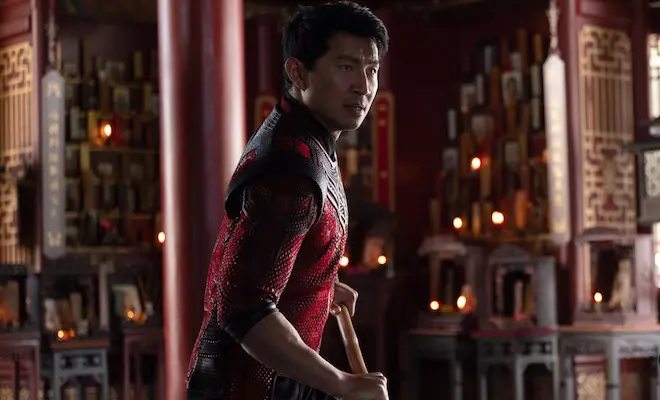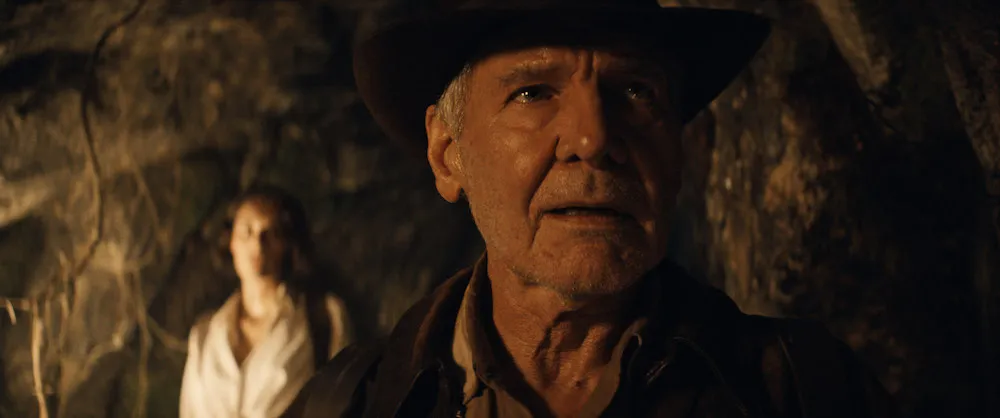 Grand Slam Tennis 2 takes the franchise away from its former casual existence on Nintendo Wii to a more refined and visually realistic presentation on Xbox 360 and Playstation 3. In some areas it achieves the transformation flawlessly, while others merely scratch the surface of what they could potentially become.
Grand Slam Tennis 2 takes the franchise away from its former casual existence on Nintendo Wii to a more refined and visually realistic presentation on Xbox 360 and Playstation 3. In some areas it achieves the transformation flawlessly, while others merely scratch the surface of what they could potentially become.
For this review I played the Playstation 3 version of Grand Slam Tennis 2 which is identical to the Xbox 360 version with the exception of added support for Playstation Move. More on Move support in a bit, but first let’s look at another new quasi revolutionary control scheme shared by both versions of the game.
EA chose to offer players more refined controls over their on-screen counterpart’s tennis racquet actions with the introduction of Total Racquet Control. It’s a take on right analog stick ball control in the FIFA Soccer franchise, only rather than control a player’s movements with the ball, you are controlling the racquet. Every type of hit including serves, lobs, backhands, drop shots; all are accomplished by a flick or subtle move of the analog stick in the appropriate direction and intensity.
Total Racquet Control can be a beast to adjust to and ultimately select over utilizing the still-active face button controls. As seasoned gamers, we have been programmed over the years to use said face button controls to select and execute our shots. Once I had gotten enough of a feel for how Total Racquet Control worked, it was much “easier” to return to the face buttons in order to win points and ultimately games, sets and matches. Not necessarily a “better” or more realistic way of playing, but certainly “easier,” which comes in handy when trying to breeze through as many matches as possible.

Playstation Move support is technically new in the sense that this is the game’s first appearance on the console. It is not, however, really different than the Nintendo Wii motion controls. The swing dynamics are the same where I could perform top spin and drop shots depending on the angle and speed the Move controller was swung. It’s also very forgiving considering many times I half-heartedly flailed at a fast serve and fired back a killer return, when in reality the serve should have hit me in the chest. If I had the choice of whether to play with the controller versus Playstation Move, I’d choose the latter simply because it’s more fun and will burn an extra calorie or two.
Another new introduction is P.R.O AI which allows the plentiful mix of past and present tennis stars to move and play as they did in real life. This new AI works quite well and accurately, especially when paired with the amazing graphical models of the players that looked absolutely real when I squinted my eyes. It’s nice to see the tennis world catch up with the lifelike player models seen in other sports gaming franchises, and it’s hard not to love the signature grunts and screams that burst out as the pros whack the ball.
Extra effort put into the player models must have meant detracting from other areas of the court. The playing surfaces are expectedly appropriate to specific venues. Once the eye wanders away from the net and toward the stands, the visuals start to break down. The crowd is lifeless and lacks detail. The poor ball boys NEVER move and might as well be cardboard cutouts. At least the referee moves his head to watch the ball, but those stagnant ball boys had me distracted for the first good 10 to 15 minutes of gameplay.

Digging deeper into Grand Slam Tennis 2 uncovers a variety of modes including singles and doubles matches, a 10-year career, ESPN Grand Slam Classics, playing in four major Grand Slam tournaments, as well as online matches and tournaments where the real competition awaits. With the move toward simulation and away from arcade, I expected the career mode to offer some depth off the court; player management, training, winnings, something. There’s a robust character creation tool including the ability to map the character’s movements and play style to one of the pros in the game. Past that, I quickly found myself choosing the short match length (one set) and hoping it went fast to move on to the next.
There are goals with each match that entice players to aim for the three or five set options, or play in a different style – say power versus finesse. These goals are like mini Achievements or Trophies that might prove enough of a hook initially, but won’t be worth the effort involved in the long haul. It can also grow old trying to achieve the required number of backhand winners when it seems as if your opponent isn’t setting themselves up to be beaten by that shot selection.
I felt the most engaged while playing Grand Slam Tennis 2 in the ESPN Grand Slam Classics. There are 25 scenarios plucked from tennis history with each successful attempt unlocking the next. Whether by fate, irony or some mysterious coincidence, my one set played with the Williams’ sisters went deep into tie-breakers and literally had me lashing out verbally at each missed opportunity. I and my AI-controlled opponent had multiple opportunities at match point and choked under the virtual pressure. Eventually I won out and was ready to hoist an equally virtual trophy.

Grand Slam Tennis 2 is a fun tennis game and if that’s all that matters, it’s the best option available at this time. The move away from arcade design to simulation is a solid first step, especially in how the players are modeled and behave on the court, but there is more work to be done when it comes to depth and especially in the career mode. That becomes problematic when you want to dink around off the court as much as on.
– Dan Bradley
Shop for Grand Slam Tennis 2 on Playstation 3 or Xbox 360 for a discounted price at Amazon.com (February 14, 2012 release date).



